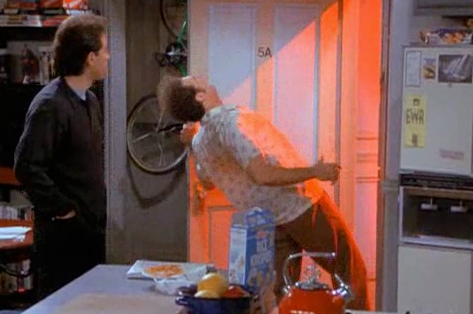Throwing Shade
By Tim O'Brien
Date
June 4, 2019I recently stumbled across an article on the topic of shade in urban settings. Sam Bloch, the author of the piece, discusses how shade should be treated as mandatory public health infrastructure, especially in hotter cities. As a landscape architect, this topic hits close to home as it reinforces the complexity of urban design decisions and how we, and other urban designers sometimes take for granted the simplest of design implications.
Bloch points out how shade serves as essential refuge from the sun on hot and sunny days, offering a momentary place of comfort while waiting for the bus, or eating lunch. This reminded me of a book by one of my past professors, Dr. Robert Brown, on the subject of designing with microclimate and its effect on human comfort. Using basic principles such as solar orientation and passive screening, Brown illustrates the importance of contextual and environmental attention when designing a campus outdoor seating area:
“If a sun-catch [south facing, amphitheatre-style seating area] is going to be used in the summertime, then it needs to have a shading device, a role that can be played very nicely by a deciduous tree. If the tree is located within the sun-catch to the south of the sitting area, then it will not block much solar radiation in winter and will provide welcome shade in summer. But what happens if you change [the design] a little bit?”
Pretty simple strategies, and yet, upon changing the design so that the seating area faced north (as was the case in this example); the space went unused due to a lack of solar gain and increase in exposure to cool northern winds.
From a similar perspective, in his book The Social Life of Small Urban Spaces, urbanist Holly Whyte takes an equally systematic approach to such design: “developers must provide a tree for every 25 feet of sidewalk. It must be at least 3.5 inches in diameter and planted flush with the ground. In plazas, trees must be provided in proportion to the space (for a plaza of 5000 feet, a minimum of six trees).”

Seinfeld fans know that sometimes the light is just too bright!
Each author understands the myriad of factors that influence the quality of outdoor urban environments. As such, urban designers -planners, architects, landscape architects, etc. – must consider design decisions from both macro and micro levels. This includes the master plan level right down to, as Bloch suggests, the placement of a bus shelter, cafe table, or tree. In large cities, the environmental effects generated by buildings are often the most influential, such as the case of the urban heat island effect. In action, this effect means that larger cities can be as much as 12˚C warmer than their surrounding environments due to heat amplification and retention, perpetuated by paved urban surfaces and densely packed buildings. On days of extreme heat, this effect is potentially life threatening if people do not have access to shade and water.
Everybody loves the sun, but there certainly can be too much of a good thing. Bloch’s article mentions an extreme case of sun power where the aluminum wings of Frank Gehry’s Disney Concert Hall in Los Angeles reflected strong enough heat to melt traffic cones. Another example for those of you who are Seinfeld fans like me: think back to Kramer and the unrelenting, retina-burning red light of the Kenny Rogers Roasters sign and you can appreciate the need for respite from the intensity of brightness. OK, that analogy might be a stretch, but you get what I’m saying- in order to design for healthier urban spaces, we must account for basic human comfort. Environmental accessories such as shade can make all the difference.
Tim O’Brien is a landscape architect in IBI Group’s Hamilton office. His background in Architecture & Urban Design (BAS, Carleton), and Landscape Architecture (MLA, Guelph) brings together complimentary design principles that share a common language. Tim is a current member of the Urban Design Review Panel for the City of London, ON, and enjoys sharing and implementing his professional interests in the physical, experiential and functional interactions between built form and site.









